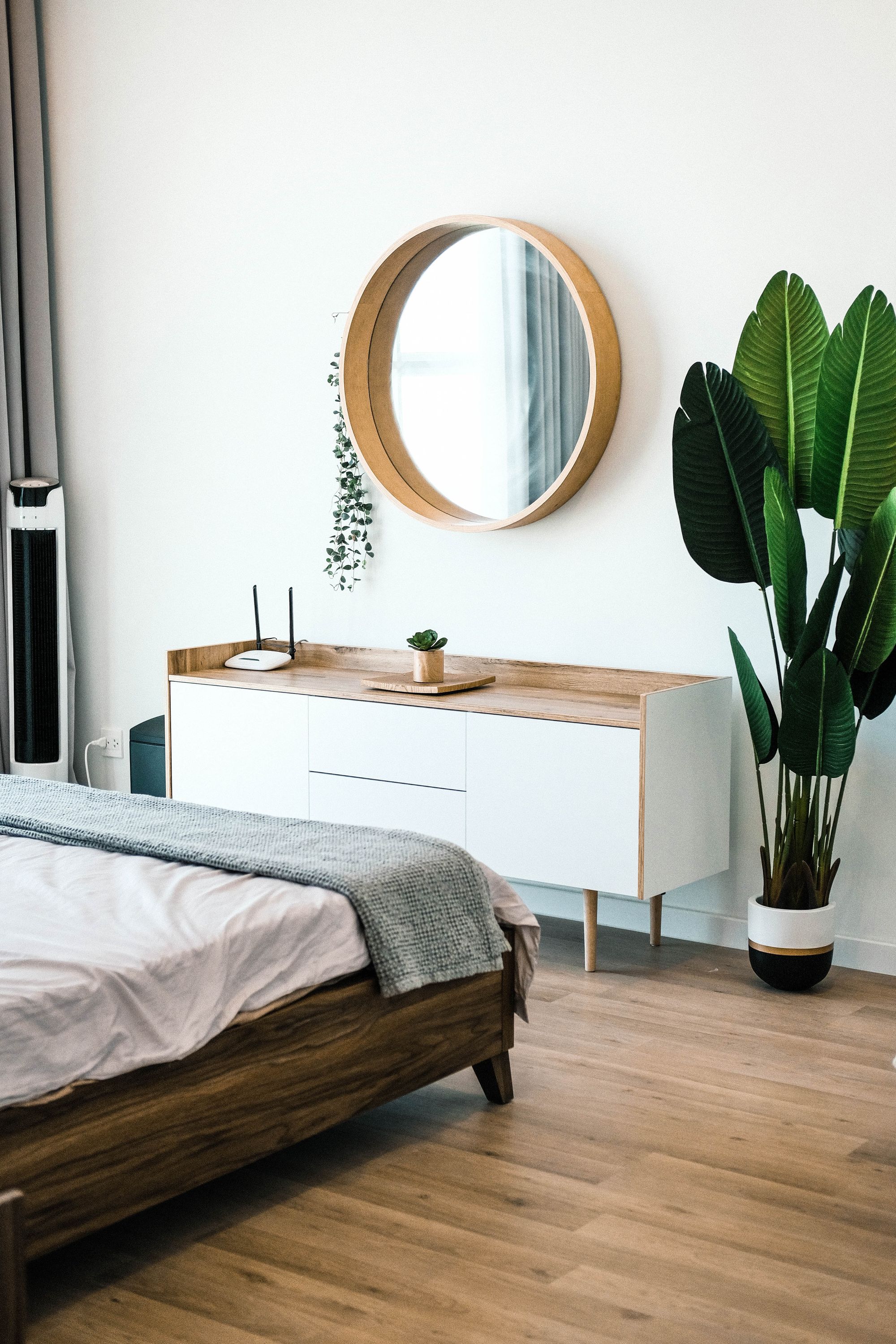Here’s why indoor air quality should be a staple in your wellness routine.

It's no secret that the wellness industry has skyrocketed in recent years. People have become more invested than ever in their health – whether it’s frequently attending Pilates classes, drinking a green juice first thing in the morning, or practicing mindfulness, wellness has become top of mind for millions of people.
We have started to optimize all aspects of our personal well-being. However there seems to be a large piece of the puzzle missing – the air we breathe on a daily basis. Considering that 99% of the world’s population breathes unhealthy air, it’s time we start thinking about the impact air pollution has on our health and wellness.
Here’s what you need to know about indoor air quality.
A 2019 study has equated long-term exposure to poor air quality with the same health damage as smoking a pack of cigarettes a day. Yikes. Oftentimes, we associate poor air quality with pollution outdoors or in big cities. Unfortunately, this issue also extends into the home – no matter where you live. Indoor air has actually been found to be up to 5 times more polluted than outdoors.
Sources of indoor air pollution can be attributed to mold, cleaning supplies, paints, building materials, heating, cooking appliances, and more. One source that is cause for concern is particulate matter. Particulate matter is a mixture of solid or liquid particles that are suspended in the air. If you’ve ever noticed floating specs of what looks like dust, you’ve seen particulate matter. This is a combination of contaminants floating in the air, such as dust, germs, and pollen. Once inhaled, these particles can increase symptoms of allergies and respiratory issues such as asthma. Poor air quality in your home can also negatively impact sleep quality, leaving you less rested and preventing your body from rejuvenating itself as you sleep.
The impact of air pollution on our health.
Unfortunately, air pollution doesn’t just worsen the sniffles in the springtime. Our lungs are drastically impacted by contaminants in the air; because they’re responsible for filtering airborne toxins, poor air quality ends up placing a large burden on our lungs. The particulate matter that does make it through the lungs can also pass down to the liver, increasing inflammation and hindering the body’s natural detoxification process.
Air pollution can also lead to cognitive issues, including an increased risk of cognitive decline, attention deficit issues, and depression.
Long-term health issues from air pollution include heart disease, lung cancer, and damage to our vital organs.
While it’s great if your wellness routine starts out with a glass of warm lemon water in the morning or taking your supplements, it’s critical for your health that you include maintaining a clean-air home, too.

How to incorporate indoor air quality into your wellness routine.
So we know it’s important to consume clean air, but where do we start? We’ve got you covered.
For all the houseplant lovers out there, we have good news. Indoor plants can help naturally clean the air in your home. Before you fill your home floor-to-ceiling with plants, however, it’s important to remember that they only moderately purify the air.
Remembering to clean your air conditioners is also important for reducing levels of contaminants in the air from dust mites, mold, and mildew. Next time you do a spring cleaning of your home, remember the A/C unit!
The best way to improve your indoor air quality is to use a high-quality air purifier. However, these can often be clunky and don’t blend in with the rest of your decor. We’ve designed a headboard that also operates as an air purifier to solve this problem. It blends seamlessly into your home, offers mood lighting and charging ports, and reduces the total contaminants in the air to zero (you read that right, actually zero!).
Ready to bring clean air into your home?

